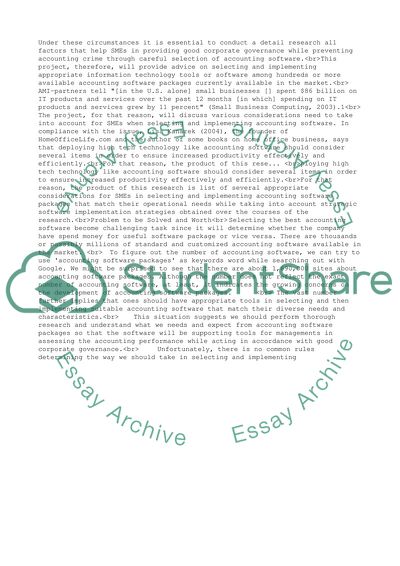Cite this document
(“Strategies for Implementing Accounting Software Systems within SMEs Essay”, n.d.)
Retrieved from https://studentshare.org/business/1528554-strategies-for-implementing-accounting-software-systems-within-smes
Retrieved from https://studentshare.org/business/1528554-strategies-for-implementing-accounting-software-systems-within-smes
(Strategies for Implementing Accounting Software Systems Within SMEs Essay)
https://studentshare.org/business/1528554-strategies-for-implementing-accounting-software-systems-within-smes.
https://studentshare.org/business/1528554-strategies-for-implementing-accounting-software-systems-within-smes.
“Strategies for Implementing Accounting Software Systems Within SMEs Essay”, n.d. https://studentshare.org/business/1528554-strategies-for-implementing-accounting-software-systems-within-smes.


